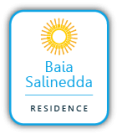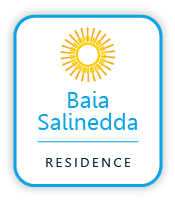Capo Coda Cavallo
A natural paradise
Coda Cavallo: an oasis of calm just a few kilometers from the Costa Smeralda.
The road to the Cape unwinds through hundreds of hectares of unspoilt vegetation: pine trees, laurel, juniper,lentisk, myrtle, lilies, mediterranean colours, primeval penetrating scents.
White beaches, little bays, rocks, cliffs, small islands, lagoons. Never ending. No matter how hard you try, you’ll never see them all: they are never crowded, often desert. With any wind, you will always find a bay of calm waters, either on the south coast or on the north side.
The famous Sardinian Sea. The infinite shades of transparent water. The towering sight of Tavolara island and the isles Molara, Molarotto, Lu Furru and Isola Rossa right in front of you.
Underwater, a whole world to discover: all kind of fish, sea stars, shells, coloured sea weeds, precipitating cliffs, caves and even archeological remains.
Salinedda Bay beach
This beach is a few steps from the residence. Guests have their own private section of the beach with sun loungers and umbrellas. Red rocks and beautiful Mediterranean scrub mark the two ends of the sandy bay. Protected by Ruja island opposite, it is about 300 metres long. To its rear is a lagoon where you can see the resident stilt-birds and other species of migratory wildlife. Walking over rocks on the west side you can visit the beautiful neighbouring cove of Punta Monica.
The (other) best beaches
The residence is in a privileged position, strategically placed within easy walking distance of many beautiful beaches. Therefore, although the apartment complex offers the rare convenience of a private beach, you really must take the opportunity to admire some of the most beautiful beaches in the Gallura area:
Accessible from Montepetrosu and about 5 km from the residence, the sandy beach is located opposite the island of Tavolara and the Gulf of Olbia. This beach is famous for its coves that can only be reached along narrow paths through the midst of juniper trees and flat rocks, which nature has forged into original and beautifully shaped sculptures. The Cala delle Vacche and Cala della Tartaruga coves are two incredible jewels that will surprise you… not to be missed.
Also known as Butterfly beach it is wedged into the rock to form a small but exquisite strip of fine golden sand, looking out to the majestic Tavolara island. It is just 400 metres by foot from the apartment complex. The beach also has a small landing jetty from where boats depart for a guided tour of the area (www.codacavallonoleggio.com) and for diving trips
www.diveaquarius.net
This is without doubt the most beautiful beach at Capo Coda Cavallo and one of the very best in all Sardinia. It is about 2 km from the residence. About 700 metres long it is famous for its fine white sand, but also for the transparent, crystalline shallows and myriad shades of this enchanted sea. The dunes before the beach are dotted with wild lilies. Behind the dunes there is a fully equipped green area. You really can’t leave Sardinia without visiting and inevitably falling in love with this gorgeous beach.
www.calabrandinchi.it
Just a kilometre from the apartment complex Copa Coda Cavallo beach is at the end of the cape. The entire peninsula is named after its ponytail shape. It can be seen clearly from on high near the “Villaggio Est” from where you can enjoy an incomparable panoramic view. The beach is not very wide and the sand is rather grainy, but the mirror-like waters are stunningly beautiful, its closed protected situation turning the sea into a calm, clear lagoon.
This beach is easily accessible at only 700 metres from the residence. The beach is not very wide, consisting of a thin strip of sand separating the sea from the lagoon behind it. It is a starting point for diving excursions www.bluinfinito.it
This is a very wide beach, spanning around 900 metres. It is accessible from Capo Coda Cavallo by the same beach entrance as Cala Brandinchi from which it is separated by Punta Capicciolu. A white sandy beach skirted by mimosa trees borders the clear waters. The beach bursts with intense colours and scents. Access to the beach is preceded by a small pond.
This is the main beach of San Teodoro, with fine white sand and no rocks. Junipers, sea lilies and helichrysums flourish naturally here amongst the 3000 metres of dunes. Behind the beach lies the great lagoon of San Teodoro. It is about 7 km from the residence. The beach is the main attraction of San Teodoro, known internationally for its beauty and services. The beach has a bar and kiosks. However, given its size it is always possible to find a quiet corner if you want to.
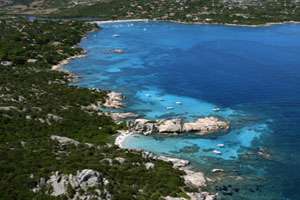
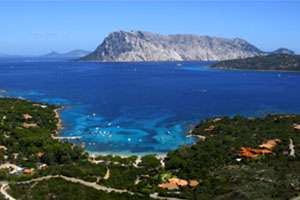
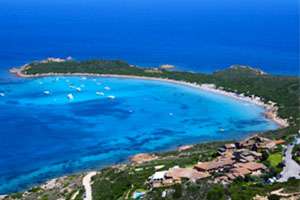
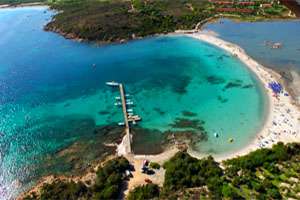
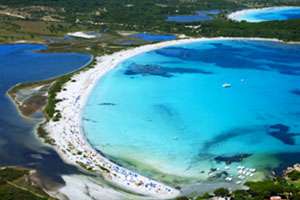
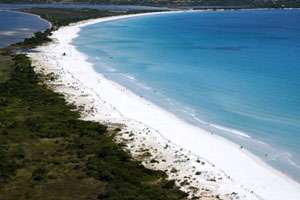
Museums
We suggest a visit to the Archaeological Museum A.G. Sanna in Sassari, the Ethnographic Museum in Nuoro and the Garibaldi Museum on Caprera Island, inside the building that was once home of Garibaldi. A small Sea Museum is located in San Teodoro; please contact the local tourist office for a visit.
Nuraghe
Nuraghe are towering stone buildings, witnesses of a mysterious Neolithic civilization not yet fully revealed. Along the roads, you will often find the indications to reach them. Tiscali’s Nuraghe, in Dorgali’s Supramonte, is the most famous in the area. Easy to get to is Tomba dei Giganti (Tomb of the Giants) in Arzachena. Other interesting sites are Terralba (Sassari), Macomer (Nuoro), Abbasanta (Oristano), Barrumini (Cagliari).
